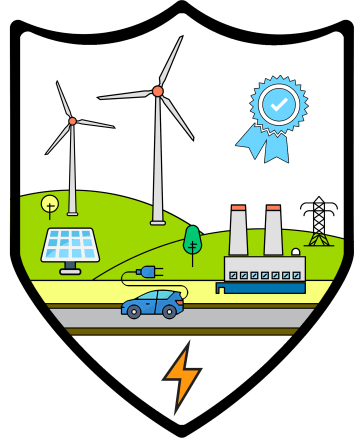

Figure 1. The EVs as an interconnected energy resource within the smart cities [4]
A proactive analysis of the potential impact that a big number of EVCS will have on the transformers will assist the DSOs in the provision of input regarding the placement of EVCSs and the planning of investments. This, will therefore aid towards limiting the costs entailed in grid reinforcement, which are estimated to be of the order of several billion Euros in the case smart charging is not put into practice [3].
Cybersecurity in the energy infrastructure and the smart grid has become a main source of distress recently. There exist plenty examples such as for instance, the Colonial Pipeline attack, the Solarwinds Hack, Stuxnet, the Ukraine attack, etc. As has been recently studied, the power grid operation can be disrupted by compromising high wattage IoT (Internet of Things) devices. Emerging IOT ecosystems such as the EV ecosystem are vulnerable to cyberattacks due to weak encryption, insecure data transfer, guessable passwords, insufficient privacy protection, as well as a lack of secure update mechanisms [5]. Therefore, the EVs are a cyber-physical attack vector against the power grid, due to the fact that the EV ecosystem incorporates multiple IOT technologies and inherits their associated vulnerabilities. Charging of EVs, when note scheduled properly can lead to high peak loads and even to degradation of grid performance. By hacking into the EV system, and taking advantage of the vulnerabilities, an adversary can lead an attack against the power grid. Due to the EV’s load profile, it is ideal for an attack that aims to disrupt the grid operation [5].
To that respect, cybersecurity platforms such as ELECTRON can protect the EV and EVCS related infrastructure and thus become a great asset towards ensuring the protected and safe operation of the power grids, both in national and international level. By setting out security alarms, ELECTRON can notify the security operators in time so that they in turn inform the CSOs and the DSOs and thus result in pre-emptive measures and protection of the grid from the imminent cyberattack. More specifically, ML intrusion detection models are being utilized in order to detect imminent attacks on EVCSs and Charging Station Management Systems (CSMS) operation, warn the operators and then mitigate the attack and stop its adverse effects on the EV charging experience.
References:
- Gallego Amores and I. Losa, “E-mobility deployment and impact on european electricity networks. Innovation actions needed in the context of the european green deal,” CIRED Porto Workshop 2022: E-mobility and power distribution systems, Hybrid Conference, Porto, Portugal, 2022, pp. 651-655, doi: 10.1049/icp.2022.0789.
- Sevdari, L. Calearo, P. B. Andersen, and M. Marinelli, “Ancillary services and electric vehicles: An overview from charging clusters and chargers technology perspectives,” Renewable and Sustainable Energy Reviews, vol. 167. Elsevier BV, p. 112666, Oct. 2022. doi: 10.1016/j.rser.2022.112666. Available: http://dx.doi.org/10.1016/j.rser.2022.112666
- Zweistra, S. Janssen, and F. Geerts, “Large Scale Smart Charging of Electric Vehicles in Practice,” Energies, vol. 13, no. 2. MDPI AG, p. 298, Jan. 07, 2020. doi: 10.3390/en13020298. Available: http://dx.doi.org/10.3390/en13020298
- https://www.deiblue.gr/
- A. Sayed, R. Atallah, C. Assi, and M. Debbabi, “Electric vehicle attack impact on power grid operation,” International Journal of Electrical Power & Energy Systems, vol. 137. Elsevier BV, p. 107784, May 2022. doi: 10.1016/j.ijepes.2021.107784. Available: http://dx.doi.org/10.1016/j.ijepes.2021.107784
